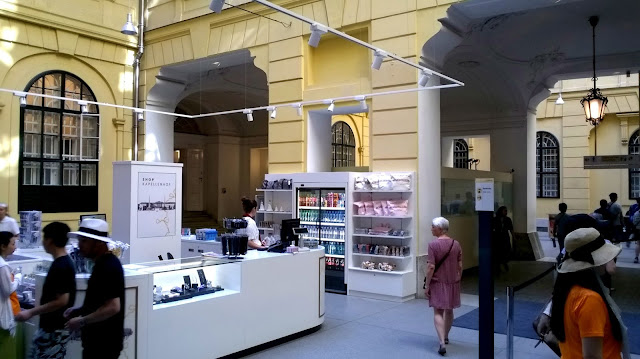Official review: “House of Music” (Vienna)

LOCATION. Nearest tram station: Schwarzenbergplatz. As you get off the tram, head towards city centre through Schwarzenbergstrasse. You’ll simply be going from one end of the street to the very other, a four minute walk. See: “House of Music” (Vienna) This is a complicated attraction. You get to see the many sides as to what counts as “music”. Imagine getting across a corridor to be stormed by a hoard of panels on the directors of Vienna’s state opera. And this is how you’ll start your journey. Endure on as this peculiarity flows past you. It will get better. The next floor lets you remix sounds and samples as an entertainment system turns classical tunes into club music. You also get to play instruments and put everything together – a 21st century celebration of everything-can-be-music. Clip: “House of Music” (Vienna) Yet another floor is dedicated to classical Viennese composers with the big names each getting their own room, chronologically. Find yourself start...

















